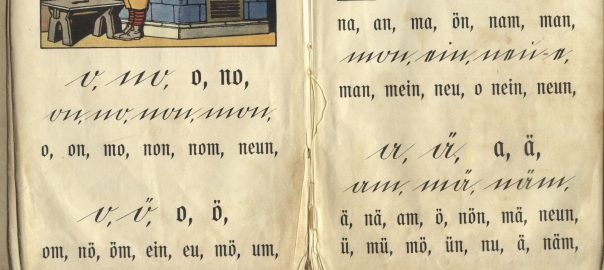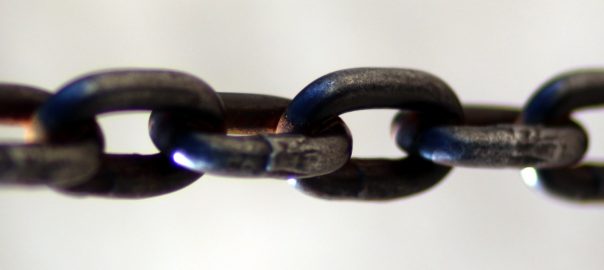If you are already familiar with DNSSEC this is quite easy: How to sign a delegated subdomain zone. For the sake of completeness, I am showing how to generate and use the appropriate DS record in order to preserve the chain of trust for DNSSEC.


If you are already familiar with DNSSEC this is quite easy: How to sign a delegated subdomain zone. For the sake of completeness, I am showing how to generate and use the appropriate DS record in order to preserve the chain of trust for DNSSEC.

I am testing a lot with my own DNS servers as well as with third-party DNS implementations such as DNS proxies on firewalls, DNSSEC validation on resolvers, etc. While there are a number of free DNS online tools around the Internet I was lacking some DNS test names with certain properties or resource records. Hence I configured a couple of them on my own authoritative DNS servers and its zone weberdns.de.
For example, we encountered a bug on the Palo Alto DNS proxy that has not stored the TTL value correctly – hence some test names with different TTL values. Or we had some problems when a single DNS name has more than 15 IPv4/IPv6 addresses – hence some test names with lots of addresses. And many more: Continue reading DNS Test Names & Resource Records

After the implementation of DNS and DNSSEC (see the last posts) it is good to do some reconnaissance attacks against the own DNS servers. Especially to see the NSEC or NSEC3 differences, i.e., whether zone walking (enumeration) is feasible or not.
For many different kinds of DNS reconnaissance the tool dnsrecon can be used. In this post I will focus on the -z option which is used for DNSSEC zone walking, i.e., walk leaf by leaf of the whole DNS zone.

By default DNSSEC uses the next secure (NSEC) resource record “to provide authenticated denial of existence for DNS data”, RFC 4034. This feature creates a complete chain of all resource records of a complete zone. While it has its usage to prove that no entry exists between two other entries, it can be used to “walk” through a complete zone, known as zone enumeration. That is: an attacker can easily gather all information about a complete zone by just using the designed features of DNSSEC.
For this reason NSEC3 was introduced: It constructs a chain of hashed and not of plain text resource records (RFC 5155). With NSEC3 enabled it is not feasible anymore to enumerate the zone. The standard uses a hash function and adds the NSEC3PARAM resource record to the zone which provides some details such as the salt.